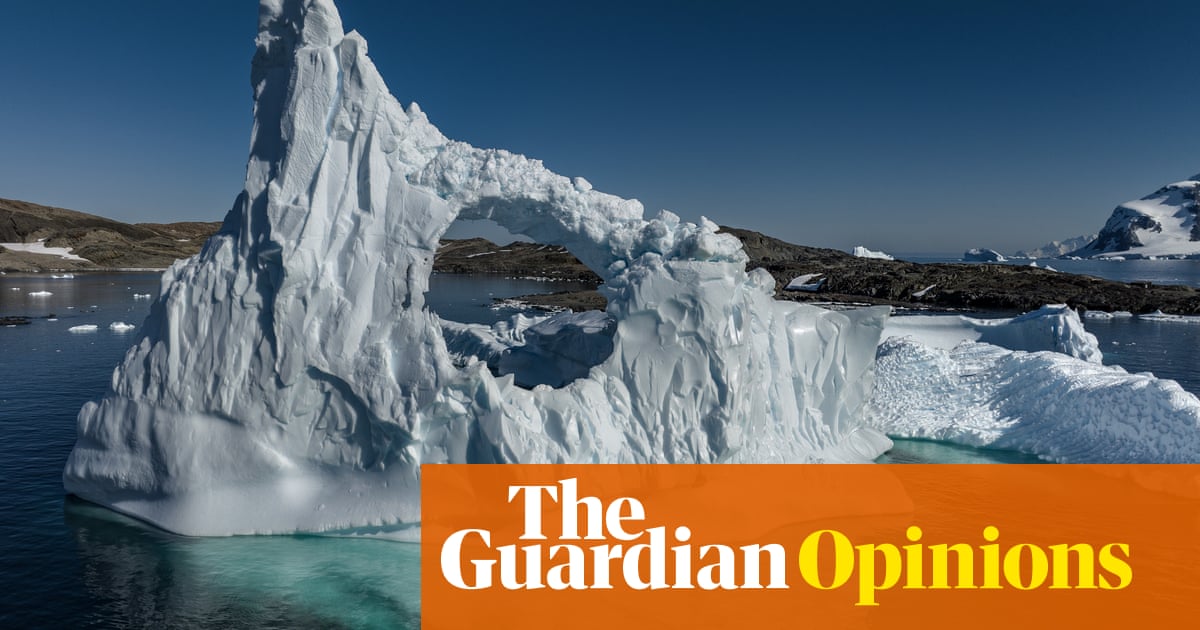These last few months have been a turbulent time to be an oceanographer, particularly one specialising in the vast Southern Ocean around Antarctica and its role in our climate.
While the Antarctic and Southern Ocean are far removed from our daily lives, they play an oversized role in this system and the future climate that concerns humanity now.
Without more data and more research, we cannot confidently say whether the Southern Ocean will continue to sweep our warming and CO2 emissions “Under the carpet” in the deep ocean, whether we are severely underestimating the scale and speed of sea level rise, or how and when melt may influence the global ocean circulation, gradually or suddenly via a tipping point.
Many theories exist for this year’s anomaly, but the question of whether this is climate change finally catching up with the previously robust Antarctic sea ice, as it has in the Arctic, is still unknown at present and will take years to untangle.
The call arising from this gathering of experts will inevitably be that we need more and new observations of the Southern Ocean and Antarctic, especially in the winter and under the ice, where there is presently almost no data.
All of this is achievable, but the need for sustained research and investment in Southern Ocean and Antarctic science, along with its underpinning infrastructure and technology for our future has never been more pressing than now.


